Symmetry, in which images have a repeated, mirrored aspect, is one of the most intuitive and common types of balance Image by contributor YAAV Although balance appears in some prehistoric and early art, the principle of balance was formalized by artists working during the Renaissance period'Types of symmetry' explains different types of symmetry Rigid motions are the easiest type of symmetry to understand, and can be explained diagrammatically The four main types of this symmetry are translation, rotation, reflection, and glide reflectionName Symmetry {Grade School} Teaching Symmetry {Grade School}Grade school children will love this math/art symmetry lesson created using their names By folding a sheet of paper into a triangle and having students create their first name art in one triangle, they can practice symmetry repeating the pattern on the remaining trianglesView This Tutorial

Name Symmetry Project Marina Grant Mccollor Flickr
Name symmetry art instructions
Name symmetry art instructions-It is the sense of stability in a work of art Learn by doing painting bilateral symmetry Perpendicular if an artist uses symmetry, the effect is usually quiet not much action, peaceful Onepoint perspective and symmetry as an expressive art form in film sometimes overlapStudents fold a paper to create a perfect square with triangles



Signature Bugs Symmetry Art Project
Use this free printable to teach about the concept of symmetry in artThen try the symmetrical name art project to drive the concept home!Kaleidoscope Lettering is one of those projects!Symmetry is a term your child will hear in math, art, and even in science class, so it's a concept worth learning This hands on, playful approach is sure to drive the concept home What is symmetry Symmetry is defined as the quality of being made up of exactly similar parts facing each other or arranged around an axis
May 13, 17 Explore Tracy Jerome's board "Name Art Projects" on See more ideas about name art, name art projects, art projectsSymmetry, in which images have a repeated, mirrored aspect, is one of the most intuitive and common types of balance Image by contributor YAAV Although balance appears in some prehistoric and early art, the principle of balance was formalized by artists working during the Renaissance periodSymmetry is the underlying mathematical principle behind all patterns and is important in art (used in architecture, pottery, quilting and rug making), mathematics (relating to geometry, group
Welcome to Mrs Art Teacher I am a public school art teacher in Oregon I'll post K8 lessons, art history, classroom management and teaching reflection You are welcome to use my lesson plans and projects However, please link back to my site when using my photosAlso known as radial symmetry, this type of symmetry occurs when everything rotates around a common center Rotational symmetry can occur at any angle/frequency as long as there's a common center around which everything is rotated, and elements are equally spaced around a central point Rotating an object around a common centerUse crayons, markers or colored pencils to design and embellish the creatures



Name Symmetry Project Marina Grant Mccollor Flickr



Lettering Teachkidsart Part 2 Name Art Projects Elementary Art School Art Projects
These mathintegrated art lessons focus on bilateral symmetry and radial symmetry and the elements of art line, shape, color, pattern, texture, and spacePositive Negative Notan Design is a challenging activity that uses radial symmetry and mirror imaging Symmetrical Cityscapes is a foolproof draw SubjectsGrade school children will love this math/art symmetry lesson created using their names By folding a sheet of paper into a triangle and having students create their first name art in one triangle, they can practice symmetry repeating the pattern on the remaining trianglesOnce the name image is transferred you have this weird, awesome symmetrical shape Set your imagination loose as you add parts, patterns, and pieces to your design to turn it into a imaginary creature Use the same method as above Draw only on one side and transfer the image to the opposite side
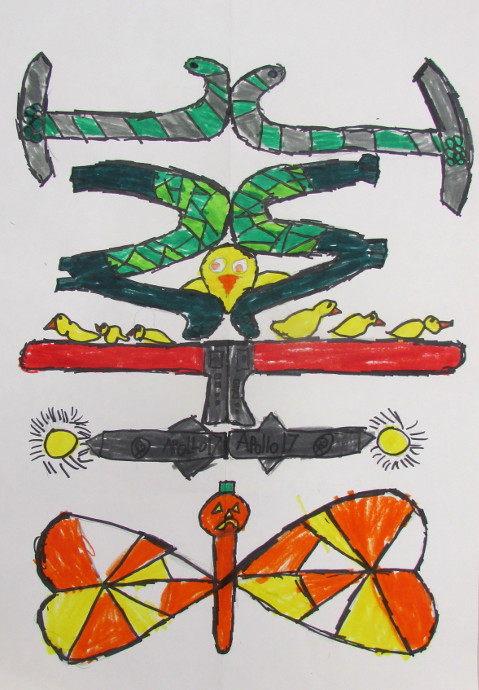


Fun Name Art Happy Family Art
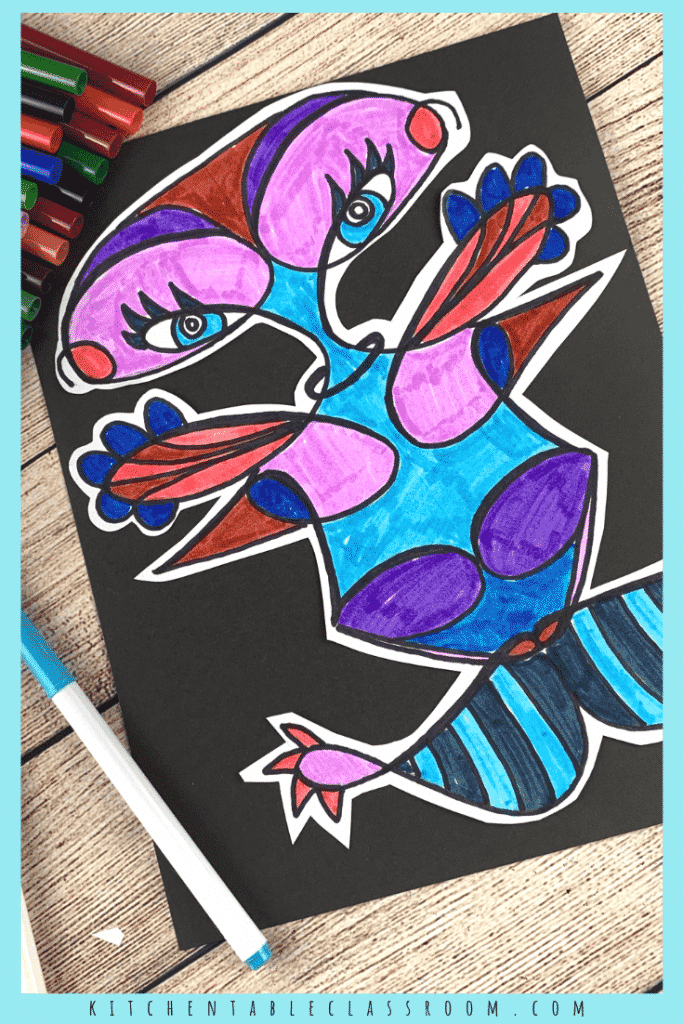


What Is Symmetry In Art A Classic Project And A Free Printable The Kitchen Table Classroom
Jul 18, 16 Explore Kris Mateychuk's board "symmetry" on See more ideas about art lessons elementary, symmetry art, art classroomJul 18, 16 Explore Kris Mateychuk's board "symmetry" on See more ideas about art lessons elementary, symmetry art, art classroomAlphabet Soup Art Grade 3 Portfolios – The Shapes and Colors of Joy Filed Under Abstract (Representational) , Abstract Design , Lessons , Lettering , Markers / Pen and Ink , Names ged With names , symmetry



Art 8 U3l1 Balance Symmetrical Name Design Extra Credit Text Images Music Video Glogster Edu Interactive Multimedia Posters



Radial Symmetry Art Image By I Dont Wanna Say My Name
You can nudge the most recent addition by using the up down left right keys Press ctrl to make smaller adjustments17 June 18 – 27 March 1972) was a Dutch graphic artist who made mathematically inspired woodcuts, lithographs, and mezzotintsDespite wide popular interest, Escher was for long somewhat neglected in the art world, even in his native NetherlandsSymmetry, in layman's terms, is the quality of being made up of exactly similar parts facing each other or arranged around an axis Once kids know this simple definition they will begin to see symmetrical creations everywhere, both in nature and in art!


Radial Symmetry Name Designs Fine Arts
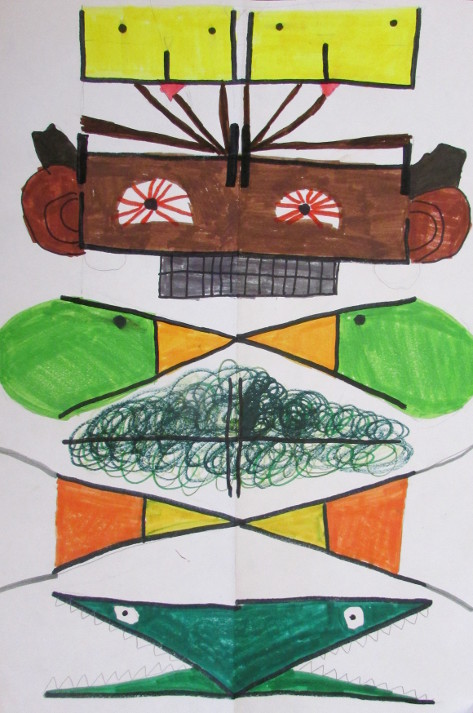


Fun Name Art Happy Family Art
In 6th grade classes we have worked on the symmetry, by writing our name and by drawing it four times in a square shape Also the colors are put in a symmetrical way, thus forming abstract compositions, balanced by symmetrical lines For students, this was a fun exercise to learn how repeat a module in symmetrical way, and for me, another good opportunity to finally learn all the names of my new students!White Cardstock Scissors Markers, Crayons, or Colored Pencils Fold the cardstock in half lengthwise, and have the child write his name along the folded edge Use the scissors to carefully cut around the name along the nonfolded edge Unfold to reveal the symmetrical shape of the child's alien monster creature – this part is SO much fun!Some lessons don't make it to my classroom, but there's no reason you can't enjoy them!



Sean Noone We Had A Lot Of Fun Designing Our Radial Symmetry Art Last Week Using Our Names And Designing A Symmetrical Pattern We Are Delighted With The Results


Where Art Meets Math Symmetrical And Radial Balance Name Designs Steam For Social Change
Aug 19, 13 Teaching Symmetry {Grade School}Grade school children will love this math/art symmetry lesson created using their names By folding a sheet of paper into a triangle and having students create their first name art in one triangle, they can practice symmetry repeating the pattern on the remaining trianglesView This TutoHi there, In this gallery we will show you various awesome photos that we've gathered in case you need more references, today we choose to be focus related with Symmetry Art Worksheets By the way, related with Symmetry Art Worksheets, below we can see several related photos to complete your references symmetry worksheets, symmetry art activities and tiger drawing symmetry worksheet are threeSep 29, 18 Explore Jennifer D's board "Symmetry Art", followed by 169 people on See more ideas about symmetry art, kids art projects, elementary art
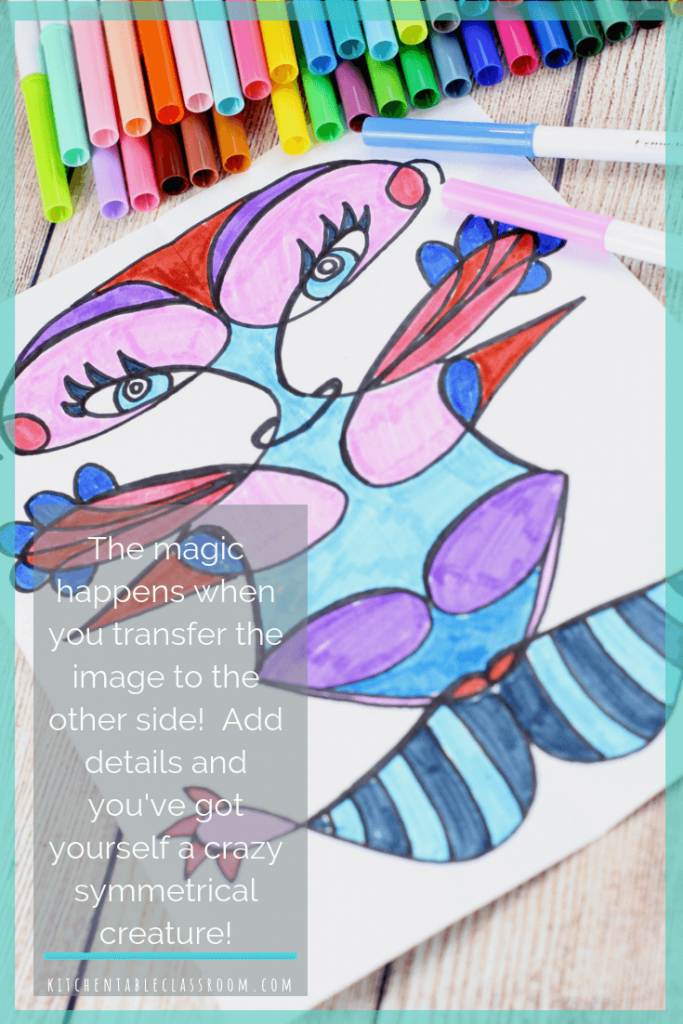


What Is Symmetry In Art A Classic Project And A Free Printable The Kitchen Table Classroom



Name Symmetry The Wesley School
It uses the concepts of bilateral (reflective) symmetry, tessellation, and positive/negative space to transform namesAnd even if cut diagonally Examples from our Alphabets The letters A, M and U has vertical symmetry while B and K have horizontal symmetryMartin Puddy/Stone/Getty Images The three main types of symmetry used in mathematics are reflectional symmetry, rotational symmetry and point symmetry Other less common types of symmetry include translational symmetry, glide symmetry, helical symmetry and symmetry of scale



Art At Hosmer Radial Symmetry Name Designs Symmetry Art Art Basics Balance Art



Radial Symmetry Word Art Youtube
1 Start with a 12" x 12" piece of white drawing paper You can make it smaller or larger but make sure it is square 2 Fold the paper in half to create 8 equal triangles 8 equal triangles 3 Now, in one of the triangles write your name or a word in bubble lettersMaurits Cornelis Escher (Dutch pronunciation ˈmʌurɪt͡s kɔrˈneːlɪs ˈɛʃər;Updated July 17, 18 Architecture depends on symmetry, what Vitruvius calls the "proper agreement between the members of the work itself" Symmetry is from the Greek word symmetros meaning "measured together" Proportion is from the Latin word proportio meaning "for the part," or the relationship of the portions



Ms Craig Alien Name Art Using Lines Of Symmetry And Reflections



Relief Teaching Ideas Elementary Art Projects Name Art Projects Back To School Art
Symmetry Artist Mathematics and Art come together!With last week the beginning of a new semester it is also a new beginning here in the art room My class is only a semester long and I got a new group of kids last week Labels 6th grade, 7th grade, 8th grade, symmetrical name design creatures, symmetry, watercolors No comments Post a Comment Newer Post Older Post Home Subscribe toUse crayons, markers or colored pencils to design and embellish the creatures


Symmetrical Alien Names Charity Mika


Where Art Meets Math Symmetrical And Radial Balance Name Designs Steam For Social Change
Name Aliens Alphabet Soup Art – The Verdict is In!Radial symmetry occurs when lines or shapes spread out from a center point The boys and girls designed their name and repeated it around a center point on their paper Using markers they added color to the positive shapes (their name) and negative shapes (the background) See if you can identify the artist who's name is hidden within their artwork!Designs most pleasing to the human eye are often the most symmetrical
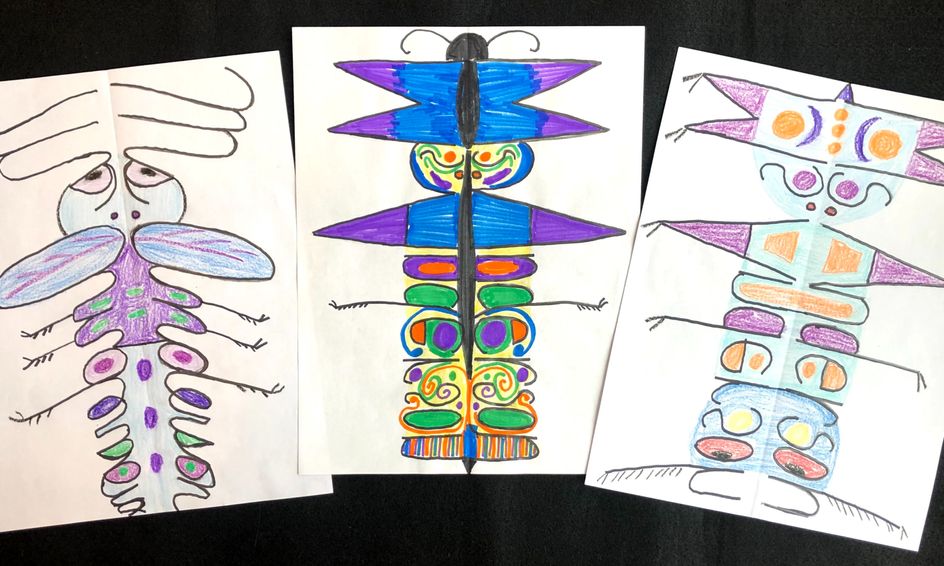


Draw An Amazing Symmertic Name Insect Small Online Class For Ages 9 12 Outschool



Elements Of The Art Room 5th Grade Radial Symmetrical Name Art
Jul 18, 16 Explore Kris Mateychuk's board "symmetry" on See more ideas about art lessons elementary, symmetry art, art classroomBalance in art is just what is sounds like;1 First, fold both of your papers in half diagonally, then in half again Unfold both of them and set one aside 2 Cut out one of the triangles created by your fold lines on just one of the papers 3 With the flat edge along the bottom and the point facing up, write your name with large stick



Symmetrical Name Bug Art Project Youtube
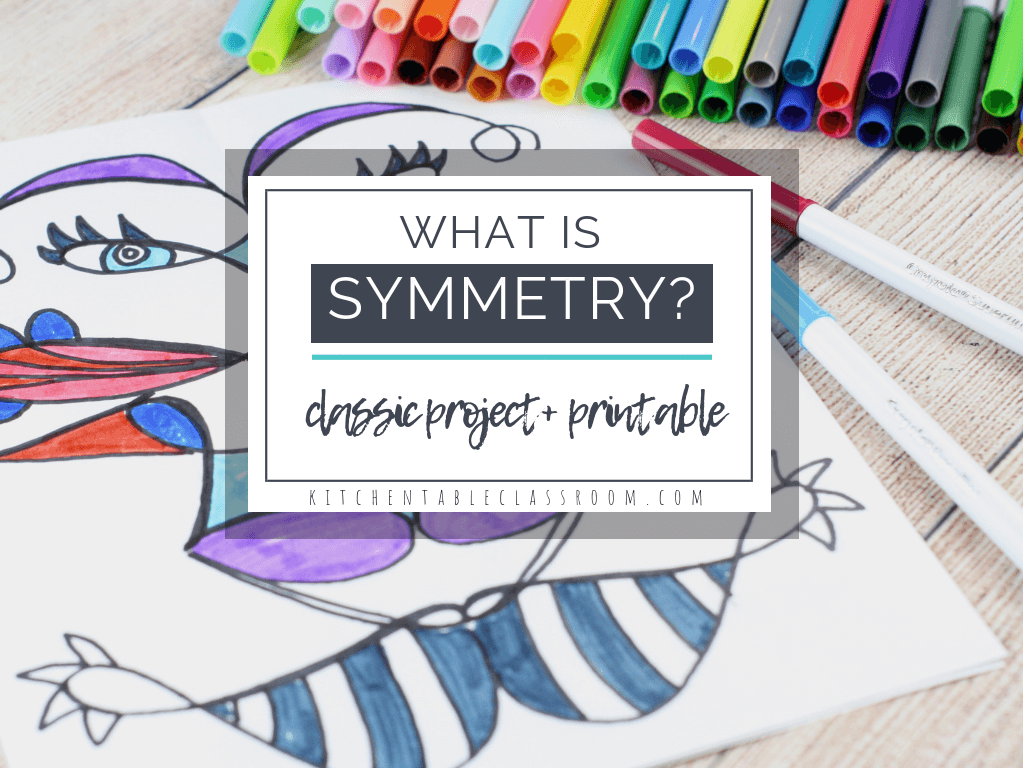


What Is Symmetry In Art A Classic Project And A Free Printable The Kitchen Table Classroom
/ ˈsɪmətri / the quality of having parts that match each other, especially in a way that is attractive, or similarity of shape or contents The design of the house had a pleasing symmetry, its oblong shape being picked up in its elongated windowsThis idea appears in Primary Art by MaryAnn Kohl Name Molas Symmetry from Ellen Silverman This uses the same folded technique From Ellen A couple of years ago I started the year off with name projects for grades, 4th 8th The 8th grade did name molas First they folded a paper lengthwise and wrote their name in cursive on the folded sideWhile I love creating new art projects to keep things fresh and interesting, some of the older projects are just so good, they're worth repeating year after year which also gives me the chance to keep improving them!



Symmetrical Name Monsters Art P R E P


Symmetrical Name
1) Fold the paper in half twice to create 4 boxes OPEN IT 2) Fold the paper in half diagonally twice OPEN IT and you will have 8 triangles 3) Pencil sketch your name into ONE triangle Use block or bubble letters that you can color inside of laterMar 5, 19 Explore Cyle June's board "Balance" on See more ideas about symmetry, symmetry art, name art projects'Types of symmetry' explains different types of symmetry Rigid motions are the easiest type of symmetry to understand, and can be explained diagrammatically The four main types of this symmetry are translation, rotation, reflection, and glide reflection



Name Design With Rotational Symmetry Menlo Park Art


Symmetrical Name
You may have passed by romanesco broccoli in the grocery store and assumed, because of its unusual appearance, that it was some type of genetically modified food But it's actually just one of the many instances of fractal symmetry in nature—albeit a striking one In geometry, a fractal is a complex pattern where each part of a thing has the same geometric pattern as the wholeI am an elementary art teacher sharing lesson I create with my students in class This lesson teaches elementary students about radial symmetry The line oPoint Symmetry When a shape is rotated 180° it looks the same or it looks same when turned upside down If we take playing cards we see they have point symmetry as they are similar from bottom and top;


Kaleidoscope Lettering Design Teachkidsart


Symmetrical Name
Symmetry, in layman's terms, is the quality of being made up of exactly similar parts facing each other or arranged around an axis Once kids know this simple definition they will begin to see symmetrical creations everywhere, both in nature and in art!Here is the step by step tutorial on how to make symmetry name art with your class Perfect for use with fourth grade, students use their names the basis for creating symmetrical designs using paper, pencil, sharpies and crayons or colored pencils Symmetry and Art Combine!Line of Symmetry Read more at Reflection Symmetry Folding Test You can find if a shape has a Line of Symmetry by folding it When the folded part sits perfectly on top (all edges matching), then the fold line is a Line of Symmetry Here I have folded a rectangle one way, and it didn't work



Name Design Art Lessons



Drip Drip Splatter Splash Name Creatures Name Art Projects Classroom Art Projects Symmetry Art
White Cardstock Scissors Markers, Crayons, or Colored Pencils Fold the cardstock in half lengthwise, and have the child write his name along the folded edge Use the scissors to carefully cut around the name along the nonfolded edge Unfold to reveal the symmetrical shape of the child's alien monster creature – this part is SO much fun!Use the free printable and drawing lesson to turn your own name into a symmetrical, fantastical creature All you need is a pencil and some markers!In this video I will show you how to create a "Name Kaleidoscope" You will create a design that incorporates your name or a word and radial symmetry Musi


Elementary Art Lessons Annie Monaghan S Art Room



Maran Shona Creative Symmetrical Name Art Orioleparkjps Tdsb Transformationalgeometry Gr5
Ages 68, Ages 912, Art Projects, Find by Age Joanna Brooks abstract art, art project, cursive, lettering, name bugs, oil pastels, symmetry, writing craft About the author I'm a wife and mom of 3 kids, a blogger, beauty vlogger, graphic designer, and jill of all tradesArticle by The Kitchen Table Classroom 12 Name Art Projects Elementary Art Projects 3rd Grade Art Name Art Art Basics Kids Art Projects Digital Art Design Symmetry ArtI love art activities for kids that combine the creative process with learning This Teaching Symmetry Art Activity does just that Kids can have creating art, all the while learning about symmetry For more ways to combine learning and art check out Tape Resist Art with Watercolors where kids learn about shapes as they create art Teaching Symmetry Art Activity We were recently playing with


Elementary Art Lessons Annie Monaghan S Art Room


Symmetry Creatures Albany Museum Of Art
NAME SYMMETRY art project Kaleidoscope Lettering Design Upper grade "Allison" , colored in warm colors with colored pencilsLower grade "Allison", colored in cool colors with markers (the same lettering, but traced only four times instead of eight!)Symmetry is a term your child will hear in math, art, and even in science class, so it's a concept worth learning This hands on, playful approach is sure to drive the concept home What is symmetry Symmetry is defined as the quality of being made up of exactly similar parts facing each other or arranged around an axisDesigns most pleasing to the human eye are often the most symmetrical
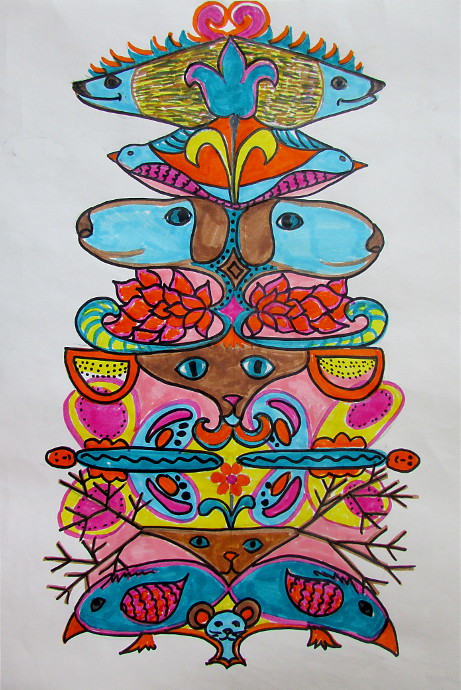


Fun Name Art Happy Family Art



Radial Symmetry Names Art



Signature Bugs Symmetry Art Project



Name Symmetry How Wee Learn



Radial Symmetry Name Designs Name Art Projects Elementary Art Symmetry Art


Radial Symmetry Name Designs Fine Arts



Name Creatures Lessons Blendspace


Symmetrical Alien Names Charity Mika



Name Mandala Middle School Exemplar By Dreamer On Deviantart



Symmetrical Name Tower Memorial Parkway Junior High Art



Symmetry Reflection Name Bugs Middle School Frolics



Symmetrical Names St Joseph S N S



Studio 2 17 Symmetrical Name Design Lessons Blendspace


Symmetrical Name
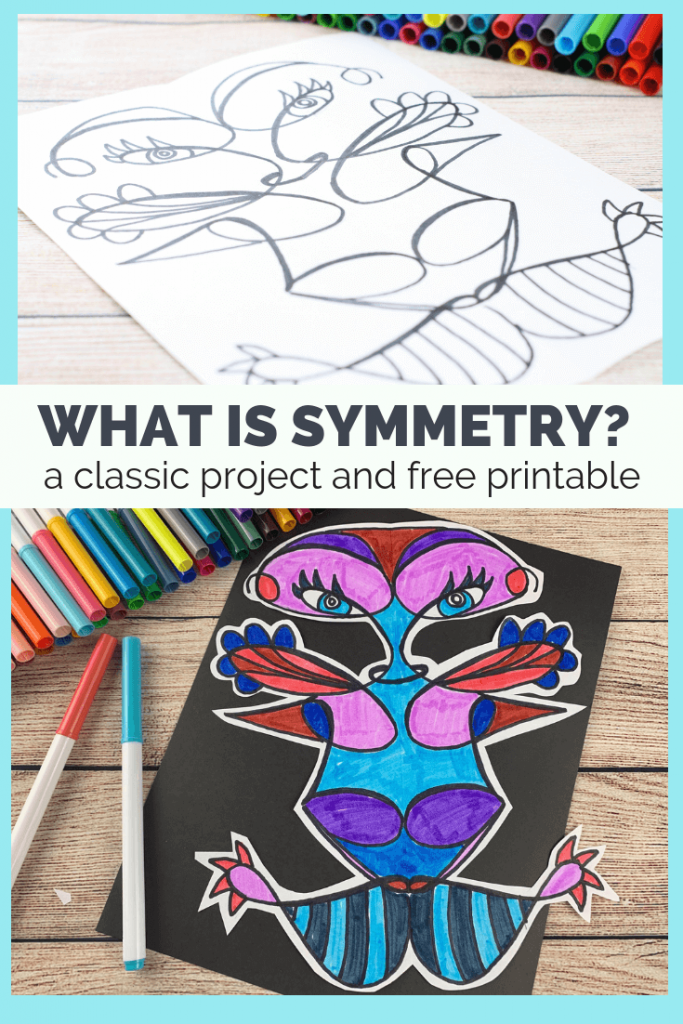


What Is Symmetry In Art A Classic Project And A Free Printable The Kitchen Table Classroom
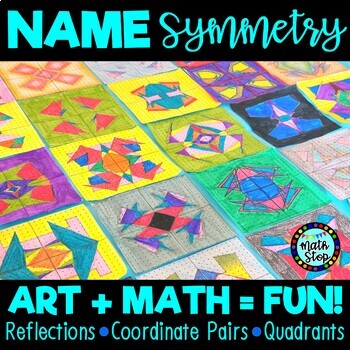


Math Art Activity Name Symmetry Transformations Reflections Quadrants



Repousse Metal Working And Name Symmetry



Radial Name Designs 5th 6th Grade Art Is Basic An Elementary Art Blog



Arthur S Kids Radial Symmetry Artwork Youtube



How To Create Radial Symmetry Using Your Name Youtube



How To Make Stunning Symmetry Name Art Teach Junkie



Mrs Art Teacher Radial Name Tutorial


Symmetrical Monsters
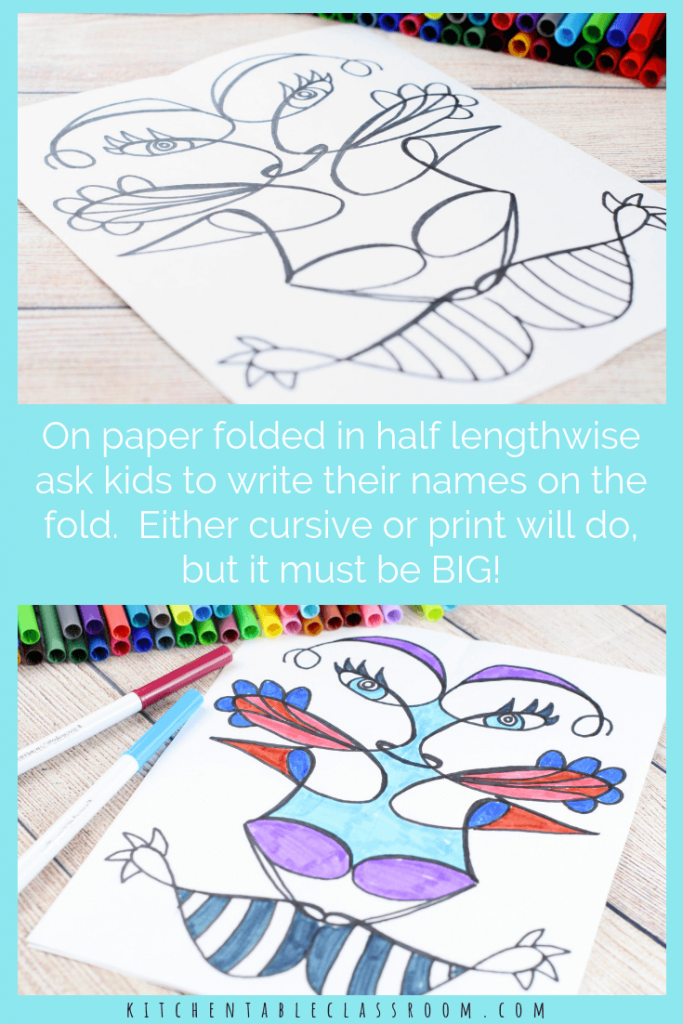


What Is Symmetry In Art A Classic Project And A Free Printable The Kitchen Table Classroom



Elements Of The Art Room 5th Grade Radial Symmetrical Name Art
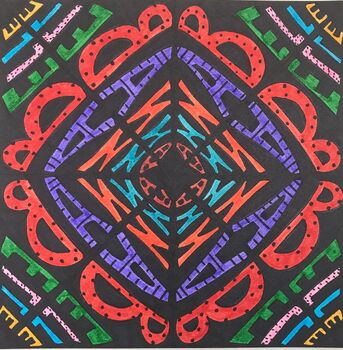


Easy No Fold Name Art Mandala Art Project By Kickstart My Art



Name Creatures For Fourth Grade Art Lessons Math Art Art Activities



Art At Hosmer Radial Symmetry Name Designs



Radial Name Tutorial



Repousse Metal Working And Name Symmetry


Symmetrical Name



How To Make Name s Teacher Creatures Brighthub Education



Artwork Published By Andreea28 Intro To Art Symmetry Art Middle School Art Projects



Name Art Symmetry



Cursive Lettering Art Name Bugs Writing Craft Woo Jr Kids Activities



Name Symmetry Grade School Tip Junkie


Symmetrical Alien Names Charity Mika



19 Caleidoscopes Radial Design Ideas Radial Design Art Lessons 5th Grade Art



Radial Symmetry 6th Grade



Symmetry Reflection Name Bugs Middle School Frolics
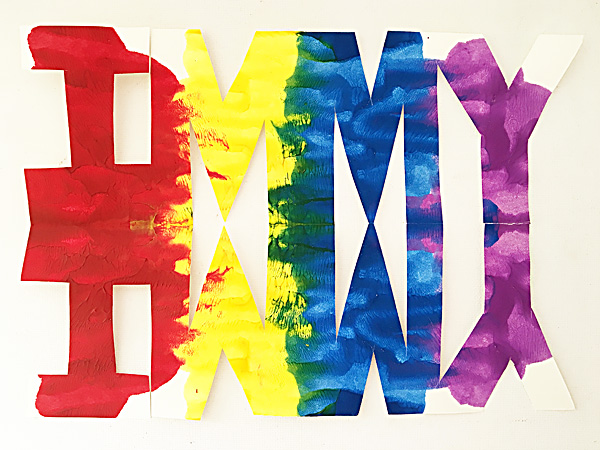


Super Cool Kids Name Art Ideas Name Rainbows
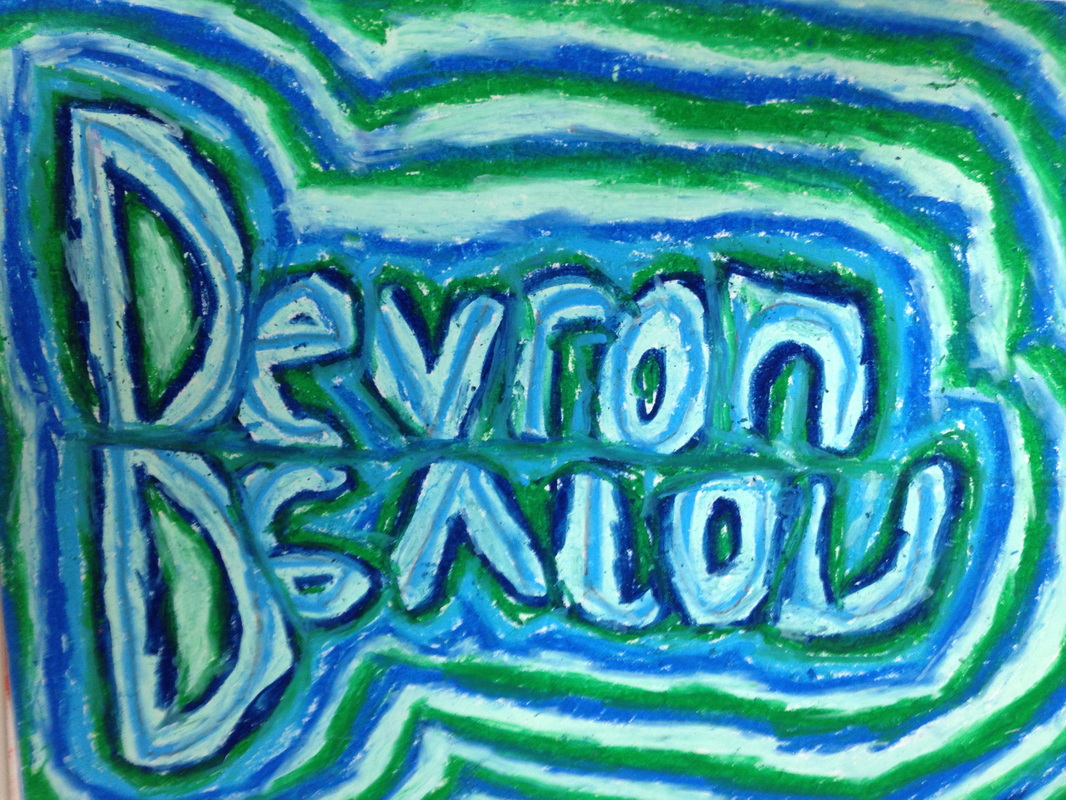


Warm Cool Color Name Symmetry Ms Reynolds Classroom Canvas



Radial Name Designs Dokter Andalan


4 Kaleidoscopes Radial Name Design Lessons Blendspace



Name Symmetry Project Symmetry Art Balance Art Elementary Art



Radial Symmetry Creativity Is Contagious



Relief Teaching Ideas Classroom Art Projects Relief Teaching Ideas Math Art


Kaleidoscope Lettering New Improved Teachkidsart



What Is Symmetry In Art A Classic Project And A Free Printable The Kitchen Table Classroom Name Art Projects Art Lessons Middle School Middle School Art Projects



Symmetry Reflection Name Bugs Middle School Frolics



Symmetry Reflection Name Bugs Middle School Frolics



Radial Symmetry Design Page 1 Line 17qq Com



Name Plates s Clip Art Symmetry Line Transparent Png


Radial Symmetry Name Art
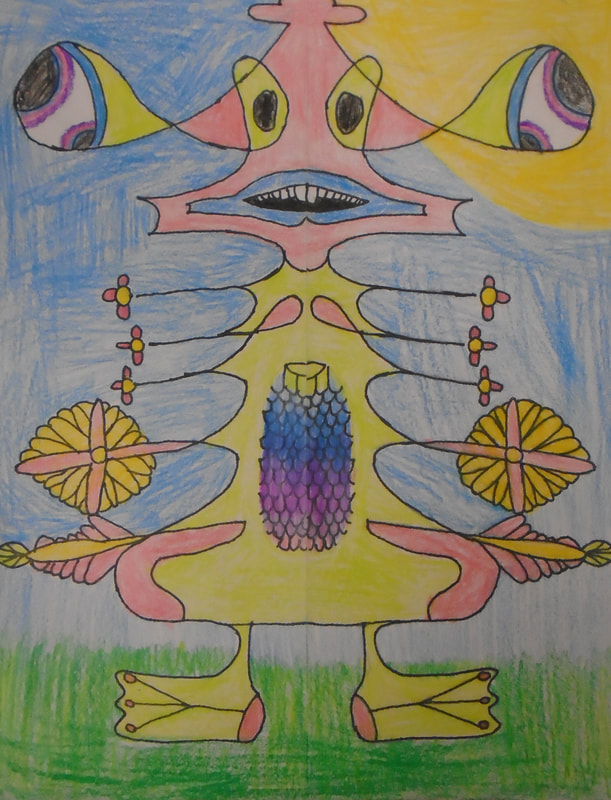


Name Monster Drawing Mrs Kendall S Art Classroom



Art Lessons For Kids Symmetry Name Project Youtube



Name Kaleidoscope 2 Youtube



Repousse Metal Working And Name Symmetry


Symmetrical Alien Names Charity Mika



Lindsay Anderson Such A Fantastic Example Of A Symmetrical Name Tower 8th Grade Art Wmsart Wearevpa Elementsofart Coloringtechniques T Co Om3ruvjbqu



Name Symmetry Project Jose Grant Mccollor Flickr


4th Grade Radial Symmetry Mrs Caputo S Amazing Little Artists
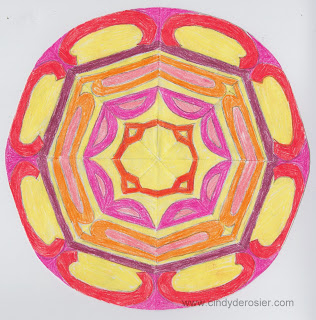


Name Mandala Fun Family Crafts


Desmos First Name Art Project Math 7 Teacher Guide



Name Design With Rotational Symmetry Menlo Park Art


Symmetrical Name



0 件のコメント:
コメントを投稿